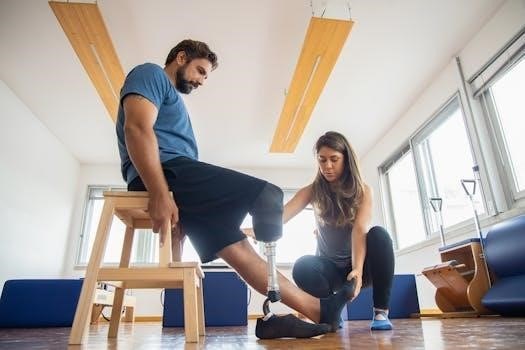
Occupational Therapy Goals⁚ An Overview
Occupational therapy (OT) goals address challenges and highlight abilities to improve the quality of life․ This involves setting both short-term and long-term objectives․ These goals ensure clients benefit and see progress from their sessions․ The OT program improves societal health and contributes to health sciences knowledge․
SMART Goal Principles in Occupational Therapy
When setting occupational therapy goals, it is crucial to understand and apply the SMART principles․ SMART is an acronym that stands for Specific, Measurable, Achievable, Relevant, and Time-bound․ These principles ensure that goals are well-defined, trackable, attainable, and aligned with the client’s needs and priorities․
Specific⁚ A specific goal is clear and detailed, avoiding vague language․ It answers the questions⁚ who, what, where, when, and why․ For example, instead of “improve fine motor skills,” a specific goal would be “Laurie will complete a 5-step task of making tea․”
Measurable⁚ A measurable goal includes criteria for assessing progress․ It allows therapists to track improvements and determine when the goal has been achieved․ This can involve quantifying performance, such as “cut a circle within 1/4 inch of the outline for 3 circles․”
Achievable⁚ An achievable goal is realistic and attainable within the client’s capabilities and resources․ It should challenge the client but not be so difficult as to cause frustration․ Consider the client’s current abilities and potential for improvement․
Relevant⁚ A relevant goal is meaningful and aligned with the client’s overall occupational therapy plan and life goals․ It should address the client’s needs and priorities, ensuring that therapy is focused on what matters most to them․
Time-bound⁚ A time-bound goal has a defined timeline for achievement․ This creates a sense of urgency and helps to maintain focus․ For example, “wash and dry hands independently three out of four times within two weeks․”
Examples of Occupational Therapy Goals for Mental Health
Occupational therapy plays a vital role in mental health recovery by focusing on enhancing daily functioning, emotional regulation, and social participation․ Effective goals in this area are designed to help individuals overcome challenges and improve their overall well-being․
Daily Functioning⁚
- Client will independently complete a morning routine (e․g․, dressing, grooming, preparing breakfast) with minimal prompting in 4 out of 5 days within 4 weeks․
- Client will manage household chores (e․g․, laundry, dishwashing) for 30 minutes with one or fewer breaks in 3 out of 5 sessions within 6 weeks․
Emotional Regulation⁚
- Client will identify and implement three coping strategies (e․g․, deep breathing, mindfulness, journaling) when experiencing anxiety or stress in 4 out of 5 situations within 8 weeks․
- Client will engage in a preferred leisure activity (e․g․, reading, painting, listening to music) for 30 minutes to promote relaxation and emotional well-being in 5 out of 7 days within 4 weeks․
Social Participation⁚
- Client will initiate and maintain a conversation with a peer for 5 minutes in 3 out of 5 opportunities within 6 weeks․
- Client will participate in a group activity (e․g․, support group, community event) and interact positively with others for at least 30 minutes in 2 out of 4 sessions within 8 weeks․
These goals are client-centered and tailored to individual needs, ensuring that therapy is focused on meaningful and achievable outcomes․
Occupational Therapy Goals for Fine Motor Skills
Occupational therapy addresses fine motor skills to enhance hand-eye coordination and dexterity, improving abilities for daily tasks․ These goals are essential for activities such as writing, eating, and manipulating small objects․
Enhancing Dexterity⁚
- Client will pick up and manipulate small objects (e․g․, beads, coins) using a pincer grasp with improved accuracy, completing a task involving 10 objects in under 2 minutes, 3 out of 5 trials within 4 weeks․
- Client will demonstrate increased finger strength and coordination by opening and closing a variety of containers (e․g․, jars, bottles) independently in 4 out of 5 trials within 6 weeks․
Improving Hand-Eye Coordination⁚
- Client will improve hand-eye coordination and accuracy in activities such as catching and throwing a ball, hitting a target 3 out of 5 times from a distance of 5 feet within 8 weeks․
- Client will cut along a simple line with scissors, maintaining accuracy within 1/4 inch of the line for at least 8 inches, in 3 out of 5 attempts within 4 weeks․
Functional Fine Motor Skills⁚
- Client will fasten buttons and zippers on clothing independently in 4 out of 5 trials within 6 weeks to enhance dressing skills․
- Client will use utensils to eat a meal with minimal spillage, maintaining appropriate grasp and control, in 3 out of 5 meals within 4 weeks․
These goals are tailored to meet individual needs, ensuring progress in performing daily activities․
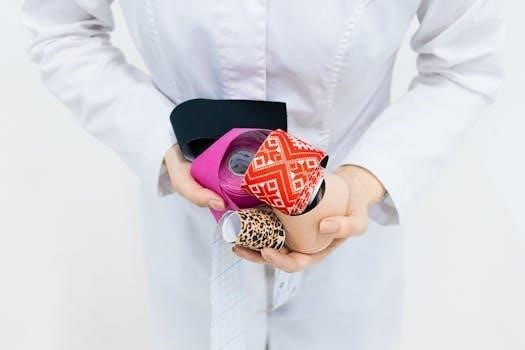
Occupational Therapy Goals for Gross Motor Skills
Occupational therapy enhances gross motor skills through play-based activities to improve physical function and overall coordination․ These foundational skills are essential for physical activities and daily movements․
Enhancing Balance and Coordination⁚
- Client will maintain balance while standing on one foot for 10 seconds, unsupported, in 3 out of 5 trials within 6 weeks, as observed during therapy sessions․
- Client will demonstrate improved coordination by walking heel-to-toe along a straight line for 10 feet, with no more than two deviations, in 4 out of 5 attempts within 8 weeks․
Improving Strength and Endurance⁚
- Client will increase lower extremity strength by performing sit-to-stand transfers from a standard chair independently in 5 consecutive trials within 4 weeks․
- Client will improve endurance by walking continuously for 15 minutes without stopping or exhibiting signs of fatigue, as monitored during therapy, within 8 weeks․
Functional Gross Motor Skills⁚
- Client will demonstrate improved stair climbing skills by ascending and descending a flight of stairs (10 steps) with minimal assistance (one handrail) in 3 out of 5 trials within 6 weeks․
- Client will jump forward with both feet simultaneously, at least 12 inches, in three out of five trials within 12 weeks, as observed during play-based activities․
These goals are tailored to address individual challenges and improve abilities for physical activities, enhancing the client’s overall quality of life․
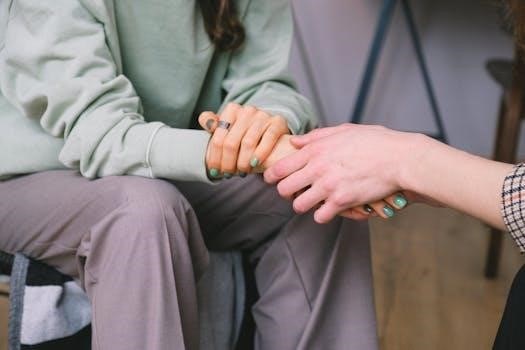
Handwriting Goals in Occupational Therapy
Occupational therapy addresses handwriting skills to improve speed, accuracy, and quality․ Goals are designed to enhance fine motor control, visual-motor integration, and overall legibility for effective written communication․
Improving Legibility⁚
- The client will improve letter formation by correctly writing all lowercase letters with appropriate size and spacing in 8 out of 10 trials within 6 weeks․
- The client will reduce letter reversals by identifying and correcting reversed letters in a written paragraph with 90% accuracy within 8 weeks․
Enhancing Writing Speed⁚
- The client will increase writing speed by legibly writing a simple sentence of at least in under 30 seconds, 3 out of 5 times, within 4 weeks․
- The client will improve speed and accuracy on a 1-minute handwriting assessment based on clinical insight, reasoning, and skill within 10 weeks․
Functional Handwriting Skills⁚
- The client will independently write a short paragraph (5-7 sentences) describing a familiar topic with legible handwriting and correct grammar in 4 out of 5 trials within 8 weeks․
- The client will complete a simple fill-in-the-blank worksheet with accurate and legible handwriting, requiring no more than one verbal cue, in 3 out of 4 attempts within 6 weeks․
These goals focus on improving the client’s ability to produce clear, efficient, and functional handwriting for academic, vocational, and daily tasks, ultimately enhancing occupational performance and independence․
Cognitive Goals in Occupational Therapy
Incorporating cognitive goals into occupational therapy involves a holistic approach that considers the client’s lifestyle and daily activities․ The aim is to enhance cognitive functions such as memory, attention, problem-solving, and executive functions to improve overall occupational performance․
Enhancing Memory⁚
- The client will recall and follow a sequence of 3-4 steps for a daily task (e․g․, making a simple meal) with minimal verbal cues in 4 out of 5 trials within 6 weeks․
- The client will accurately remember and state 3 out of 5 items on a short shopping list before going to the store in 3 out of 4 attempts within 8 weeks․
Improving Attention and Focus⁚
- The client will sustain attention on a cognitive task (e․g․, completing a puzzle or reading a short article) for at least 15 minutes with no more than 2 redirections within 4 weeks․
- The client will minimize distractions and complete a simple sorting task (e․g․, organizing household items) with 80% accuracy in a noisy environment within 6 weeks․
Promoting Problem-Solving Skills⁚
- The client will independently identify and implement a solution to a common household problem (e․g․, fixing a jammed drawer) with no more than one verbal prompt in 3 out of 4 trials within 8 weeks․
- The client will accurately sequence the steps required to complete a multi-step task (e․g․, setting up an online bill payment) in the correct order with no errors within 10 weeks․
These strategies integrate cognitive exercises into meaningful activities, promoting functional cognitive skills that improve the client’s ability to perform everyday tasks and enhance their quality of life․

Examples of Short-Term Occupational Therapy Goals
Short-term occupational therapy goals are specific, measurable steps designed to be achieved within a shorter timeframe, typically a few weeks․ They serve as building blocks toward achieving long-term goals, providing incremental progress and motivation for the client․ These goals address immediate needs and functional limitations, focusing on enhancing specific skills required for daily living․
Examples⁚
- Fine Motor Skills⁚ The client will pick up small objects (e․g․, coins, buttons) using a pincer grasp with 80% accuracy in 3 out of 4 trials within 2 weeks․
- Dressing Skills⁚ The client will independently put on and take off a shirt with minimal assistance in 2 out of 3 attempts within 3 weeks․
- Meal Preparation⁚ The client will safely cut soft foods (e․g․, banana, cooked vegetables) with a rocker knife with supervision in 4 out of 5 trials within 2 weeks․
- Hygiene⁚ The client will wash their face and hands independently with proper technique and minimal verbal cues in 3 out of 4 attempts within 1 week․
- Cognitive Skills⁚ The client will follow a simple 2-step instruction with 100% accuracy in 4 out of 5 trials within 2 weeks․
- Transfers⁚ The client will transfer from bed to chair with stand-by assistance in 3 out of 4 attempts within 1 week․
- Communication⁚ The client will express their basic needs and wants using gestures or communication board with 90% accuracy in 4 out of 5 trials within 2 weeks․
These short-term goals are designed to provide a sense of accomplishment and encourage continued participation in therapy, paving the way for achieving more significant, long-term objectives․
Examples of Long-Term Occupational Therapy Goals
Long-term occupational therapy goals represent the ultimate outcomes a client aims to achieve through therapy․ These goals are broader in scope and require sustained effort and progress over an extended period, typically several months․ They focus on improving overall functional independence and participation in meaningful life activities․
Examples⁚
- Independent Living⁚ The client will live independently in their own home, managing personal care, meal preparation, and household tasks with minimal assistance within 6 months․
- Return to Work⁚ The client will return to their previous job or a modified role, performing essential job functions with reasonable accommodations within 9 months․
- Community Participation⁚ The client will actively participate in community activities, such as volunteering, attending social events, or engaging in hobbies, at least twice a week within 6 months․
- Improved Mobility⁚ The client will ambulate independently with an assistive device (e․g․, walker, cane) for at least 50 feet without assistance within 3 months․
- Enhanced Social Interaction⁚ The client will initiate and maintain conversations with peers, demonstrating appropriate social skills and emotional regulation in group settings within 4 months․
- Self-Management of Chronic Conditions⁚ The client will independently manage their chronic condition (e․g․, diabetes, arthritis) through medication management, exercise, and healthy lifestyle choices within 6 months․
- Caregiver Independence⁚ The caregiver will demonstrate competence in providing necessary care for the client while promoting the client’s independence and safety within 3 months․
These long-term goals provide a clear direction for therapy and serve as a measure of overall success, reflecting significant improvements in the client’s ability to engage in meaningful occupations and enhance their quality of life․
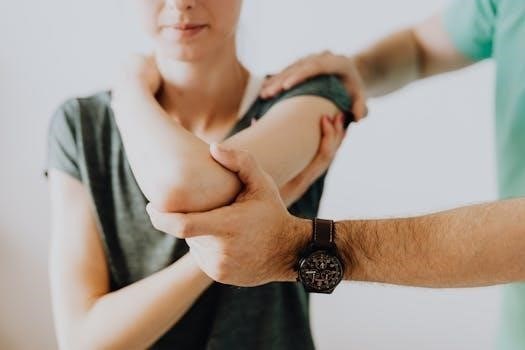
Occupational Therapy Goals in School Settings
Occupational therapy (OT) in school settings focuses on supporting students’ participation and success in academic and social environments․ Goals are tailored to address individual needs, promoting independence and skill development necessary for classroom activities, self-care, and social interactions․
Examples of OT Goals in School Settings⁚
- Fine Motor Skills⁚ The student will improve eye-hand coordination and accuracy in activities such as catching and throwing a ball, hitting a target, or manipulating small objects, demonstrating improved dexterity and control․
- Handwriting⁚ The student will improve handwriting legibility, speed, and fluency, accurately forming letters and numbers, maintaining appropriate spacing, and writing within designated lines․
- Sensory Processing⁚ The student will demonstrate improved sensory regulation, managing sensory input (e․g․, tactile, auditory, visual) to maintain focus, reduce sensory-seeking behaviors, and participate effectively in classroom activities․
- Transition Skills⁚ The student will generalize transition skills across different environments and settings, successfully transitioning between activities in various contexts, such as the classroom, therapy room, or community spaces․
- Organizational Skills⁚ The student will improve organizational skills, managing materials, assignments, and time effectively, using strategies such as planners, checklists, and color-coding systems․
- Self-Care Skills⁚ The student will improve self-care skills, independently managing tasks such as dressing, grooming, and toileting, promoting self-sufficiency and hygiene․
- Social Skills⁚ The student will enhance social interaction skills, initiating and maintaining conversations, understanding social cues, and participating cooperatively in group activities, fostering positive relationships․
These goals are designed to support students in overcoming challenges, enhancing their abilities, and improving their overall quality of life within the school environment, contributing to academic success and social inclusion․
 valentía 2 libro pdf descargar gratis
valentía 2 libro pdf descargar gratis 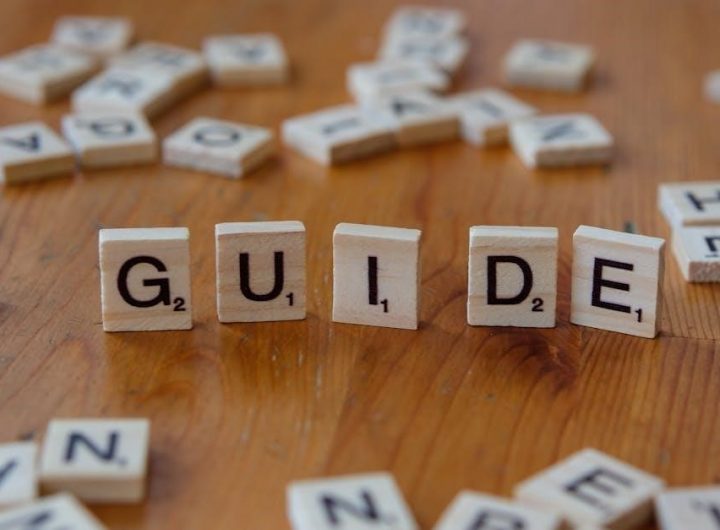 lhsaa handbook pdf
lhsaa handbook pdf 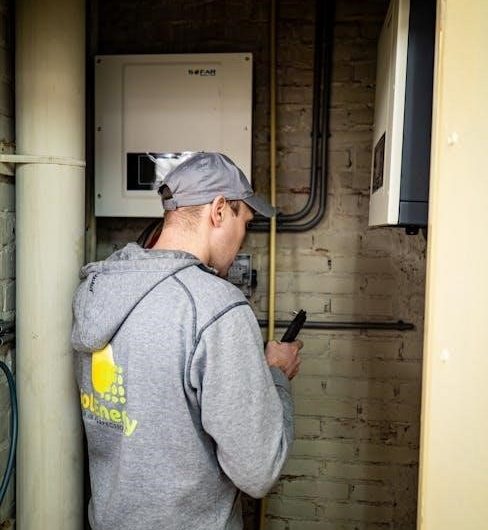 schematic solar panel wiring diagram pdf
schematic solar panel wiring diagram pdf  ions worksheet answer key pdf
ions worksheet answer key pdf  tier 3 vocabulary list pdf
tier 3 vocabulary list pdf  the last castle jack vance pdf
the last castle jack vance pdf  scag freedom z owners manual
scag freedom z owners manual 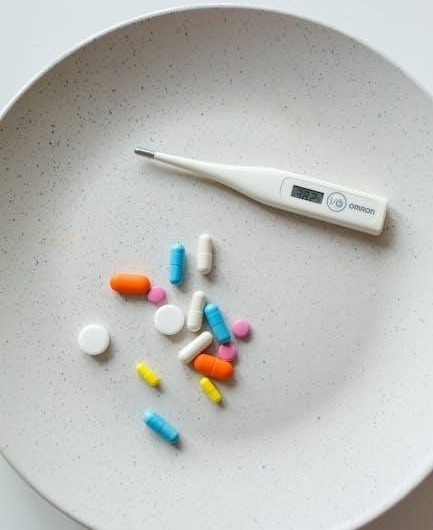 instructions for mobi thermometer
instructions for mobi thermometer 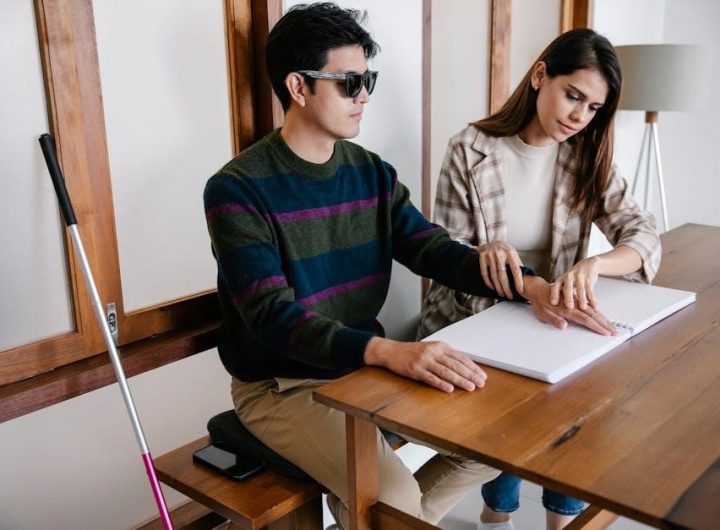 guiding light alan spaulding
guiding light alan spaulding